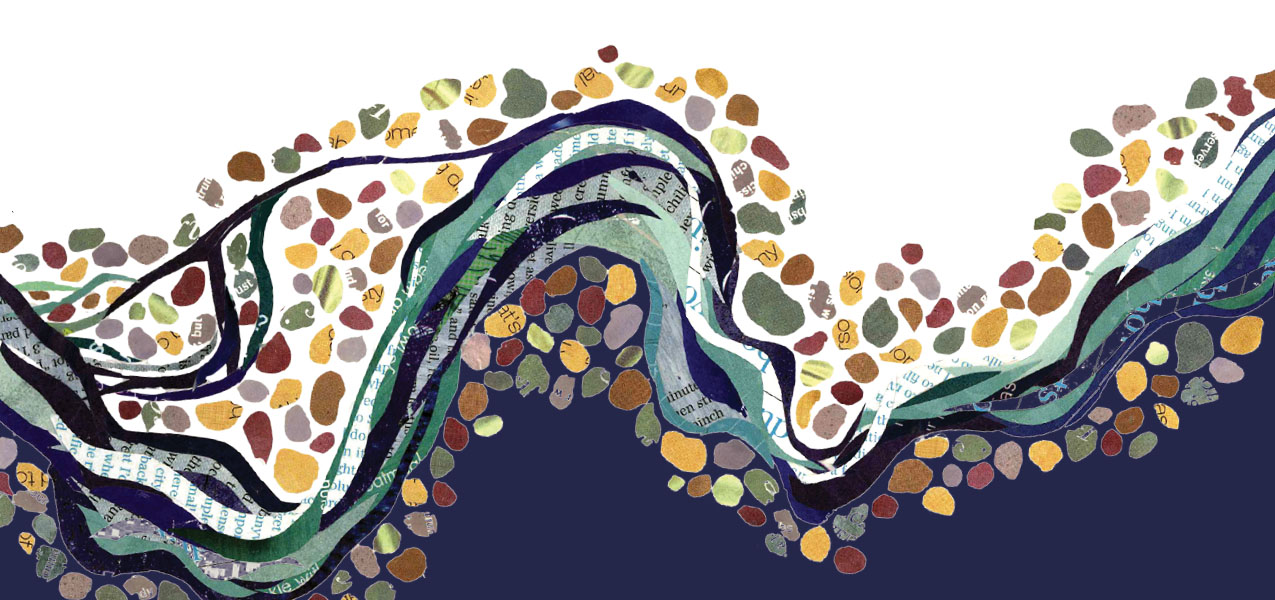I have more to say to the NSW Coroner!
I have used up every iota of my patience in dealing with the NSW Coroner’s office regarding the road crash statistics for the stretch of Kyogle Road that claimed these five lives in seven years: young Lanthy in 2010, an unnamed motorcyclist in early October 2016, my husband Karl Langheinrich on 6 February 2016, and Matilda Bevelander and Cecilia Bevelander on 22 January 2015.
Five deaths.
Five living people who are no longer alive.
And yet my request for a Coronial Inquest was denied. Five deaths!
What else would it take for someone to take notice?
I am at my wits’ end. The local municipality is listening. They have repaired the road. Now I want the NSW Coroner to acknowledge that perhaps a closer look at publicly available road crash statistics back in 2015 and then again in 2016 might have made a difference.
Perhaps even saved that motorcyclist’s life?
Here’s our recent correspondence:
On 28/08/2018 10:48 PM, Don McLennan wrote:
Dear Ms Sarkissian,
I refer to your recent requests for the State Coroner or a representative to attend an event on the 30th September and provide a statement.
The State Coroner has previously advised and explained that whilst the State Coroner sincerely hopes your event will be successful, we are unable to send a representative or provide a statement that is outside the scope of an inquest as you have requested.
Yours sincerely
Don McLennan
Don McLennan | Manager Coronial Services NSW | Executive Officer to the NSW State Coroner Department of Justice NSW | State Coroner’s Court, 44 – 46 Parramatta Road, Glebe NSW 2037
From Wendy Sarkissian:
Dear Don,
Many thanks for your email.
Of course, I understand.
You do sound a bit terse. Have you possibly lost patience with me?
I am very sorry to bother you, and I hope this is part of your regular paid job — to take time to craft a thoughtful reply to a grieving widow.
This is not part of my paid job — to campaign for better roads and justice for victims and survivors. But it has become my work.
I ask that you please to understand and accept that grieving people have a range of ways of responding to unnecessary road deaths on poorly planned and poorly managed local roads.
Especially when those deaths involve our loved ones.
Mine has become one of principled activism. This is my “survivor mission”.
In the future, other people who lose loved ones in road crashes may want to ask these things of the Coroner — as our communities develop their capacity and become more literate, knowledgeable and sophisticated about what constitutes leading practice in road safety.
That’s what we hope to achieve in our road safety workshop on 30 September.
And one area where I believe the Coroner (and his colleagues) could develop further capacity, literacy and knowledgeability is in the area of road crash statistics, now readily available to the wider public in NSW.
A cursory look at these (readily available) statistics in mid-2016 might have led the Coroner to a much different conclusion regarding my request for an inquest.
Five people died on that stretch of road. Five living beings no longer breathe because of that road.
Surely, this is a matter for real concern.
If five people had died in the same spot over a period of seven years in air crashes, there would be a national outcry — and a national inquiry.
If these shocking statistics do not reflect negligence, I can’t imagine what it would take to rouse people in positions of influence from their somnolence regarding road deaths.
See our updated blog for more information, especially the crash statistics:
and
https://blessthisroad.blog/2018/08/12/crash-statistics-for-nsw/
Kind regards and gratitude,
Wendy Sarkissian PhD
AN EXPERT COMMENT:
WE ARE ALL VERY BADLY LET DOWN BY THIS FUNDAMENTAL FAILURE AND THE ABSENCE OF CONCERN FOR LEARNING
Today in my email was a message from our UK-based expert road safety advisor, Professor John Whitelegg, editor of the eminent road safety journal, World Transport and Policy and Practice (http://worldtransportjournal.com/):
Thanks, Wendy
I read your e-mail exchange with the coroner person and it is very sad and disappointing indeed, to put it mildly, to see such indifference to such a serious matter and to the efforts taken to improve the way that the circumstances around deaths can be converted into intelligent, proportionate action to eliminate as far as humanly possible the causal factors.
We are all very badly let down by this fundamental failure and the absence of concern for learning
All best wishes. What you are doing is incredibly important.
John







